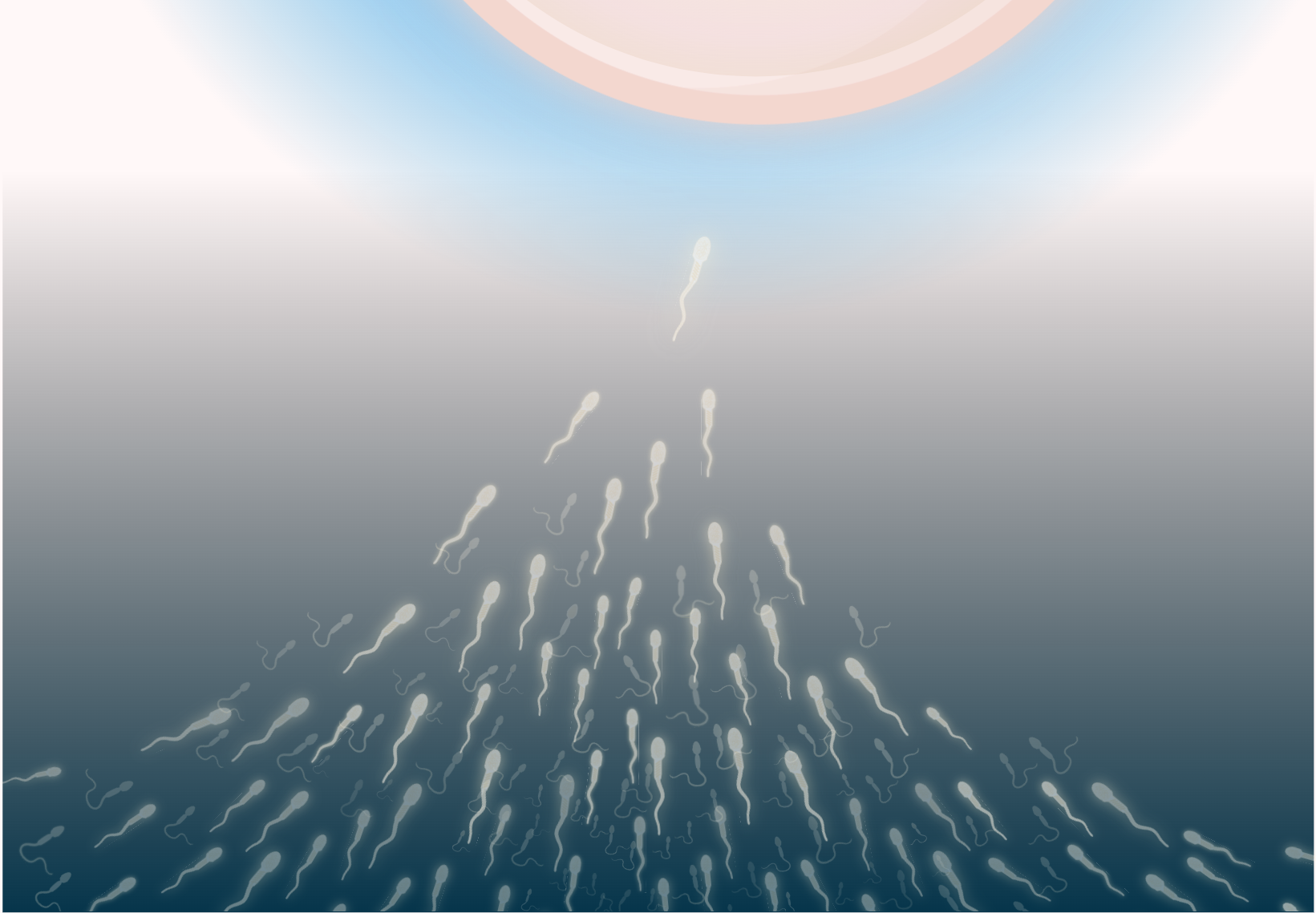-

Activation of the Mammalian Egg
In mammalian eggs, the rise in cytoplasmic calcium ions (Ca2+) plays a crucial role in egg activation. Sperm-induced Ca2+ waves trigger events such as meiosis resumption, cortical granule exocytosis, and maternal mRNA release. Surprisingly, sperm-derived PLCζ, delivered during gamete fusion, is essential for Ca2+ oscillations and successful egg activation. These oscillations, regulated by various proteins,…
-

Fertilization in Sea Urchin
Fertilization in sea urchins is a complex process that involves a series of steps, beginning with the release of sperm and eggs and culminating in the formation of a zygote. The release of gametes is often triggered by environmental cues, and upon contact, the sperm undergoes a series of changes, including the release of enzymes…
-

Molecular Events of Amphibian Fertilization
Fertilization in amphibians is a fascinating process that involves a unique set of molecular events governing the successful fusion of male and female gametes. Unlike mammals, amphibians employ external fertilization, where the male releases sperm into the surrounding water, and the female lays her eggs. This process requires intricate cellular interactions, starting with chemotaxis and…
Categories
- Anatomy (9)
- Animal Form and Functions (38)
- Animal Physiology (65)
- Biochemistry (33)
- Biophysics (25)
- Biotechnology (52)
- Botany (42)
- Plant morphology (6)
- Plant Physiology (26)
- Cell Biology (107)
- Cell Cycle (14)
- Cell Signaling (21)
- Chemistry (9)
- Developmental Biology (36)
- Fertilization (13)
- Ecology (5)
- Embryology (17)
- Endocrinology (10)
- Environmental biology (3)
- Genetics (59)
- DNA (27)
- Inheritance (13)
- Histology (3)
- Hormone (3)
- Immunology (29)
- life science (76)
- Material science (8)
- Microbiology (18)
- Virus (8)
- Microscopy (18)
- Molecular Biology (113)
- parasitology (6)
- Physics (3)
- Physiology (11)
- Plant biology (26)
- Uncategorized (7)
- Zoology (112)
- Classification (6)
- Invertebrate (7)




